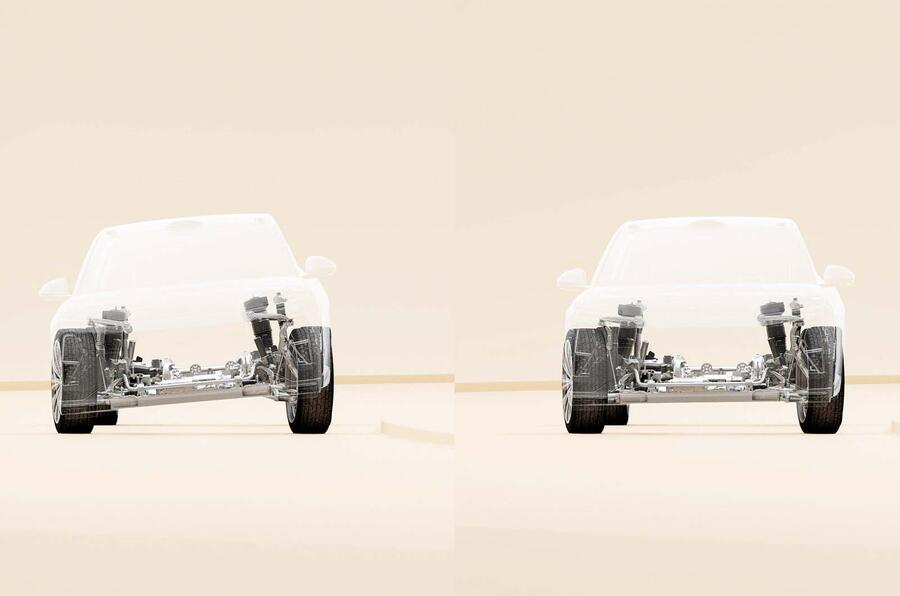Nascent Chinese brand's SkyRide suspension system uses sensors and pressurised hydraulics
Adaptive damping isn’t new, but active suspension, which Nio has developed for its flagship ET9, is a far rarer beast.
Called SkyRide and developed in conjunction with Clearmotion, it is described as “the world’s first fully integrated hydraulic fully active suspensionâ€.
In road cars, adaptive damping has been widely adopted as a way of varying the damping force on the fly. This meant damping could adapt to different surfaces or driving styles and be adjusted through driving modes.
Conventional adjustable dampers, typically used for aftermarket tuning or in motorsport, can only be adjusted manually by the turn of a screw.
Active suspension is different. Computer-controlled hydraulics or mechanisms supplement springs to control the car’s body movements much more effectively.
So while dampers provide some resistance to the movement of springs and adaptive dampers do the same thing reactively, active suspension is just that: active – it can move the body on the chassis if needs be.
The advantage is improved comfort and superior handling through better control of body movements. The system also integrates with the steer-by-wire and braking systems to improve stability if there’s a tyre blowout.

Proof was a demonstration of SkyRide with front and rear tyres being deflated on the same side of the car at 100mph without mishap.
Some early Formula 1 systems did away with conventional springs altogether and the active suspension also fulfilled the basic task of keeping the car off the ground. But this requires energy-sapping power, so the Nio system retains soft air springs to do that job.
Powered by a hydraulic pump, the active element controls the body during cornering, riding undulations and bumps. It’s lightning-fast, making adjustments 1000 times a second and in-cabin motion is said to be reduced by 75% compared with conventional suspension.
SkyRide can adjust ride height on one aspect of the car if sensors detect an impending impact: if the car is about to be rear-ended, it can raise the tail to achieve the best bumper-to-bumper contact.
There are also a few useful and fun features: when stationary it can shake off accumulated snow through controlled body movements, and it can drop the ride height for occupants to get in and out faster than conventional air-sprung suspension with a similar function.
It also links with gaming functions (which are increasingly relevant in China) and can integrate with the ET9’s in-cabin ‘5D Cinema’ so, for example, you get the full shaking effect when the dinosaurs attack in Jurassic Park.
SkyRide will be tuned for other markets when the ET9 arrives in Europe, although Nio isn’t yet saying when that will be.


